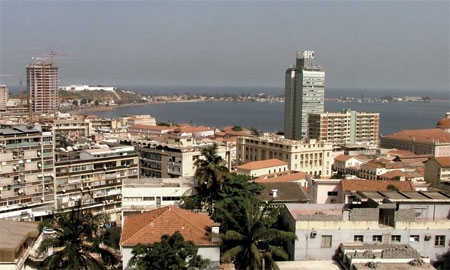Between 1975 and 2002, between 500,000 and 1 million people were killed and over 4 million (one-third of the country’s population) were displaced. Landmines riddled the countryside, making it unsafe to live outside of urban areas and causing a huge decline in rural economic activities, namely agriculture. Major infrastructure was destroyed, human rights were violated, and the general population sank into despair, with poor health and little access to schooling.
Since the signing of the definitive peace accord in 2002, President Jose Eduardo dos Santos and his administration have faced the challenge of rebuilding an utterly war-torn country with optimism and clear strategies.
The government’s efforts are already paying off. While Angola still suffers the aftermath of the war (for example landmines are still being discovered and basic infrastructure rebuilt), the country is enjoying spectacular economic growth. According to EconomyWatch, Angola ranks as the seventh fastest-growing economy. The Economist Intelligence Unit predicts real GDP to shoot up to 7.3% this year (from a modest 2.9% in 2010) and to 8.5% in 2012 as oil output soars.
With revenues from the two largest sectors – hydrocarbons and diamond mining – Angola is pushing huge reconstruction and rehabilitation projects across the country, and for economic diversification, with an emphasis on natural resources as well as the country’s potential as a regional transportation hub.
One of the government’s main concerns now is reviving the formerly dynamic agricultural sector for reasons twofold: to reduce dependence on imported foodstuffs and to create opportunities for families to move out of the over-crowded cities and back into the villages and towns. Two star projects,
Aldeia Nova and
Gesterra, are already under way and achieving excellent results.

0 COMMENTS